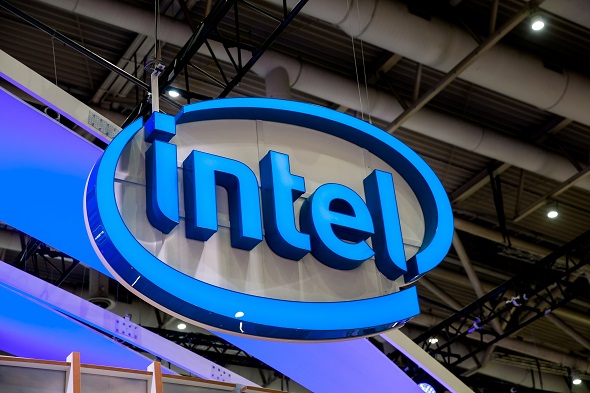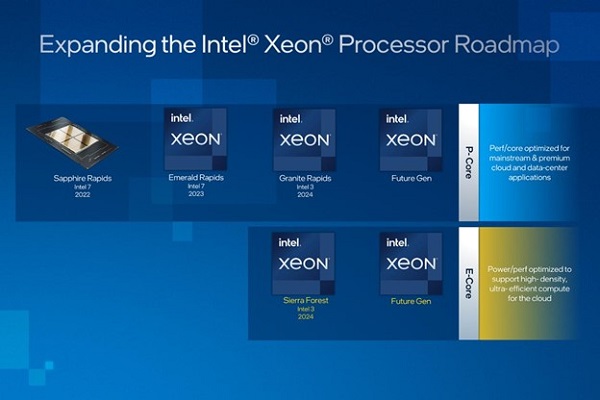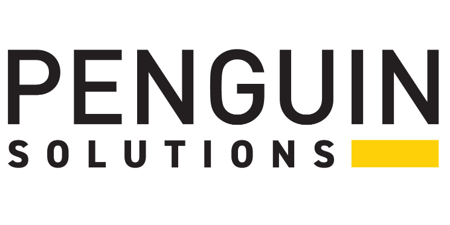 At Intel’s investor day event in San Francisco yesterday, the company unveiled a dual-track the roadmap for its Xeon data center chip through 2024 – one track emphasizing high performance (P-core Sapphire Rapids), the other energy efficiency (E-core Sierra Forest).
At Intel’s investor day event in San Francisco yesterday, the company unveiled a dual-track the roadmap for its Xeon data center chip through 2024 – one track emphasizing high performance (P-core Sapphire Rapids), the other energy efficiency (E-core Sierra Forest).
Intel’s future generation architecture strategy will move from two optimized platforms into a single commonone. “This new path will maximize performance-per-watt, segment features and Intel’s overall competitiveness within the industry,” the company said, adding that the new approach will be compatible with the existing Xeon platform ecosystem.
For its P-core lineup on Intel 7 and available next month, Intel highlighted Sapphire Rapids, which the company said it will deliver on the Intel 7 process, bringing what it said is its most feature-rich Intel Xeon targeting up to a 30x performance increase in AI. Intel said the chip will transition to next-generation memory and interface standards, including DDR5, PCIe Gen5 and the new Compute Express Link high-speed interconnect.
Coming in 2023 is Emerald Rapids, the next-generation P-core Xeon processor on the Intel 7 process node with extension of memory and security benefits from the existing platform. The processor will be a socket-compatible refresh to Sapphire Rapids.
Following it in 2024 will be Granite Rapids, the next-generation Xeon processor that Intel said will be upgraded from the Intel 4 process to Intel 3.
Also in 2024, Intel will introduce a new E-core-based Xeon Sierra Forest, targeting cloud workloads, as its high-density and more energy efficient product on the Intel 3 process. It is designed for hyperscalers “with a uniquely optimized core” for cloud workloads.
 In developing it’s P-/E-core strategy, Lisa Spelman, corporate VP/GM of the Xeon and Memory Group, explained that it’s designed to address different approaches customers take for infrastructure optimization.
In developing it’s P-/E-core strategy, Lisa Spelman, corporate VP/GM of the Xeon and Memory Group, explained that it’s designed to address different approaches customers take for infrastructure optimization.
“Some are optimizing for workloads that benefit from high performance-per-core and low latency, like database, AI and HPC type workloads,” she said. “Others are focused on maximizing performance-per-watt to support a growing number of dense, latency-tolerant workloads that are mostly task parallel in nature, like front-end web services and data analytics.
“E-cores have been specifically designed to deliver power–efficient and high-density throughput performance that supports cloud native deployments,” said Spelman. “With multiple E-cores fitting into the physical space occupied by one P-core, we are able to deliver higher density at the socket and rack level… Within the CPU package, we will decouple core and uncore functions into ‘compute tiles’ and ‘I/O tiles,’ with the I/O tiles being common between P-core and E-core based products, enabling a common I/O subsystem to be used.
Intel also said it has shipped nearly 2 million units of its current 3rd Gen Xeon “Ice Lake” processors , including more than 1 million in the fourth quarter of 2021. “What’s more, overall Intel Xeon shipments in December 2021 exceeded the total server CPU shipments by any single competitor for all of 2021,” the company said.



